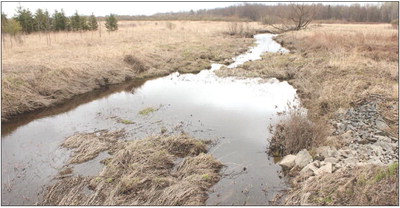County to seek state conservation funding


Executive Committee hopes to finance Fenwood project
The Marathon County Executive Committee on Thursday directed administrator Lance Leonhard...


Executive Committee hopes to finance Fenwood project
The Marathon County Executive Committee on Thursday directed administrator Lance Leonhard...